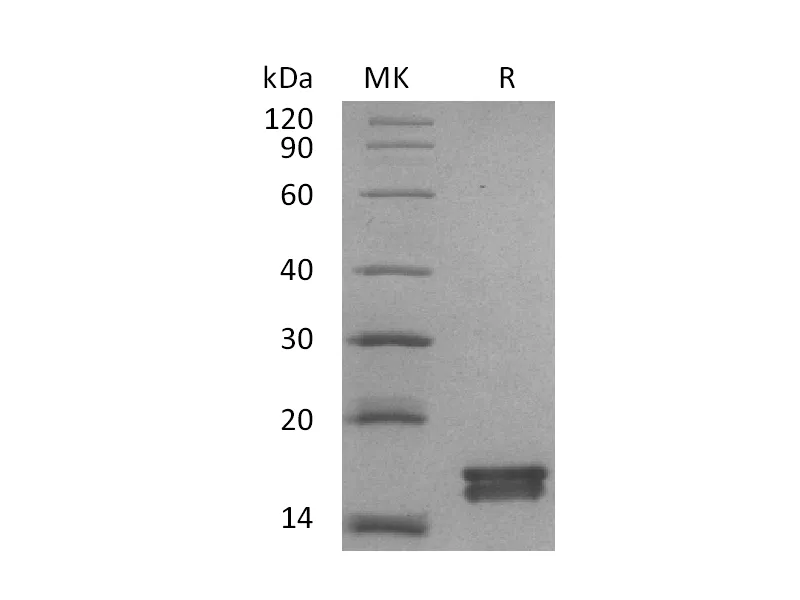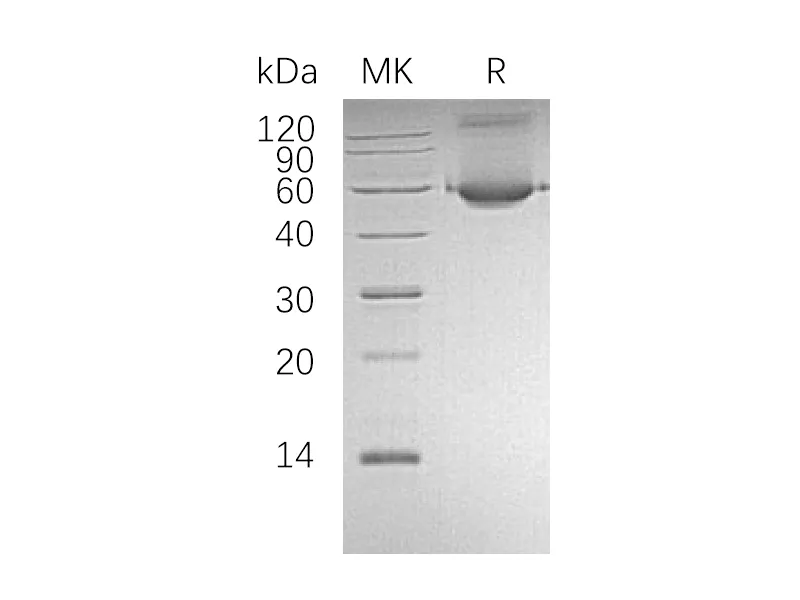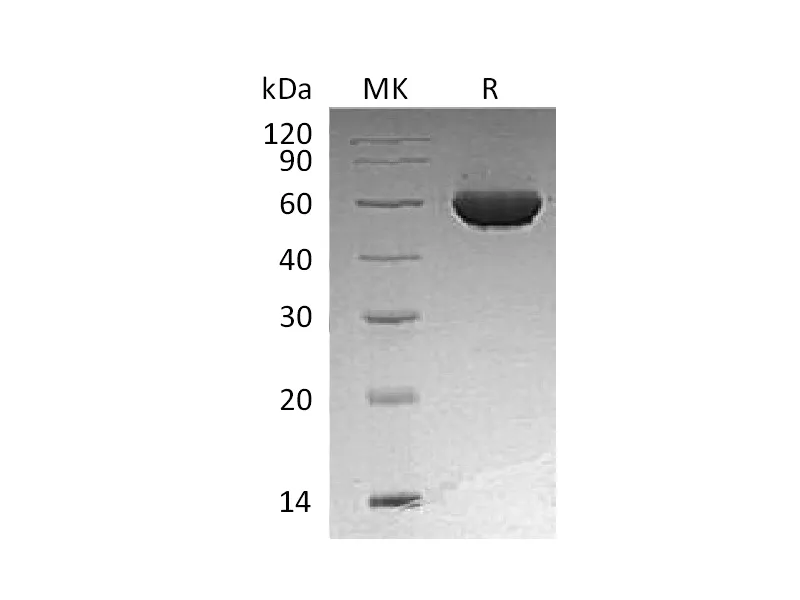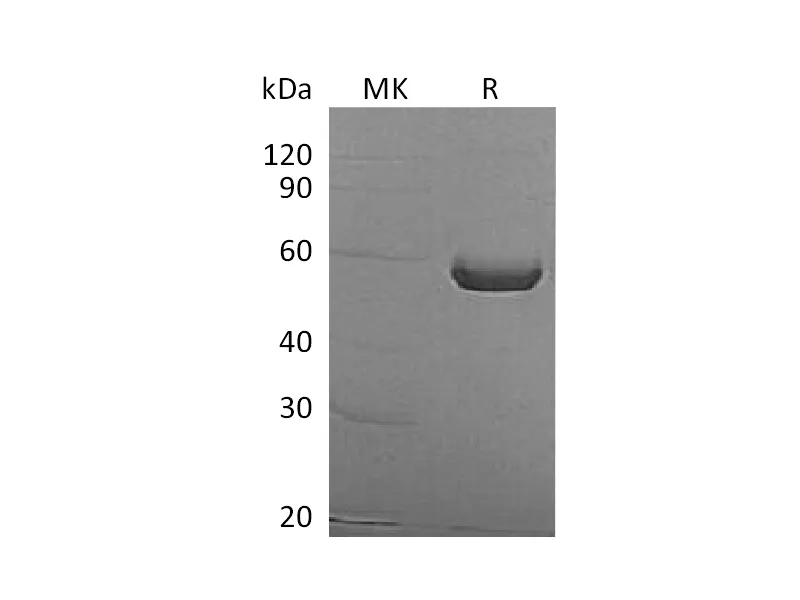Alternative Names
Semaphorin-5A; Semaphorin-F; Sema F; SEMA5A; SEMAF
Background
Semaphorin-5A (SEMA5A) is a member of the Semaphorin family of axon guidance molecules. SEMA5A is a 140 kDa protein. Class 5 Semaphorins are type I transmembrane glycoproteins with an N- terminal Sema domain and multiple juxtamembrane type 1 Thrombospondin (TSP) repeats within their extracellular domains. SEMA5A is expressed in neuroepithelial cells surrounding retinal axons, oligodendrocytes, the base of limb buds, the mesoderm surrounding cranial vessels , and the cardiac atrial septum and endocardial cushions, Human SEMA5A cDNA encodes a signal sequence, a extracellular domain (ECD), a transmembrane sequence and an cytoplasmic portion. SEMA5A mutations have been implicated in the genetic syndrome,cri-du-chat,while some polymorphisms may increase risk for neurodegenerative diseases such as Parkinson. The expression of SEMA5A may be upregulated in metastatic cancer cells and downregulated in autism.
Note
For Research Use Only , Not for Diagnostic Use.




